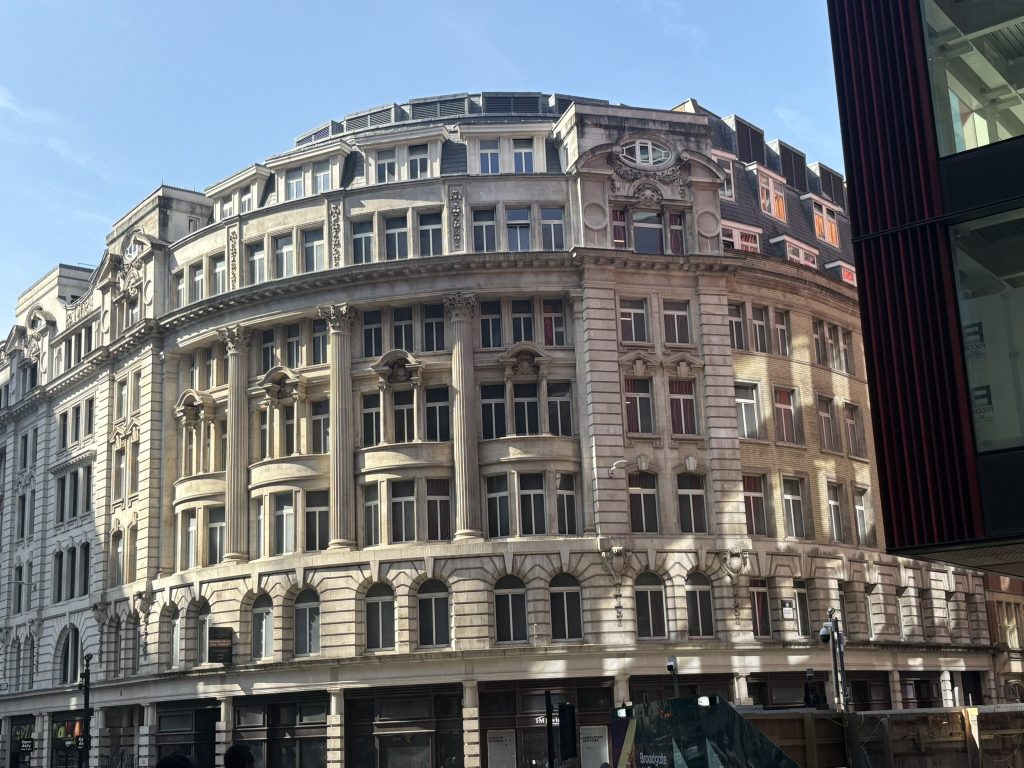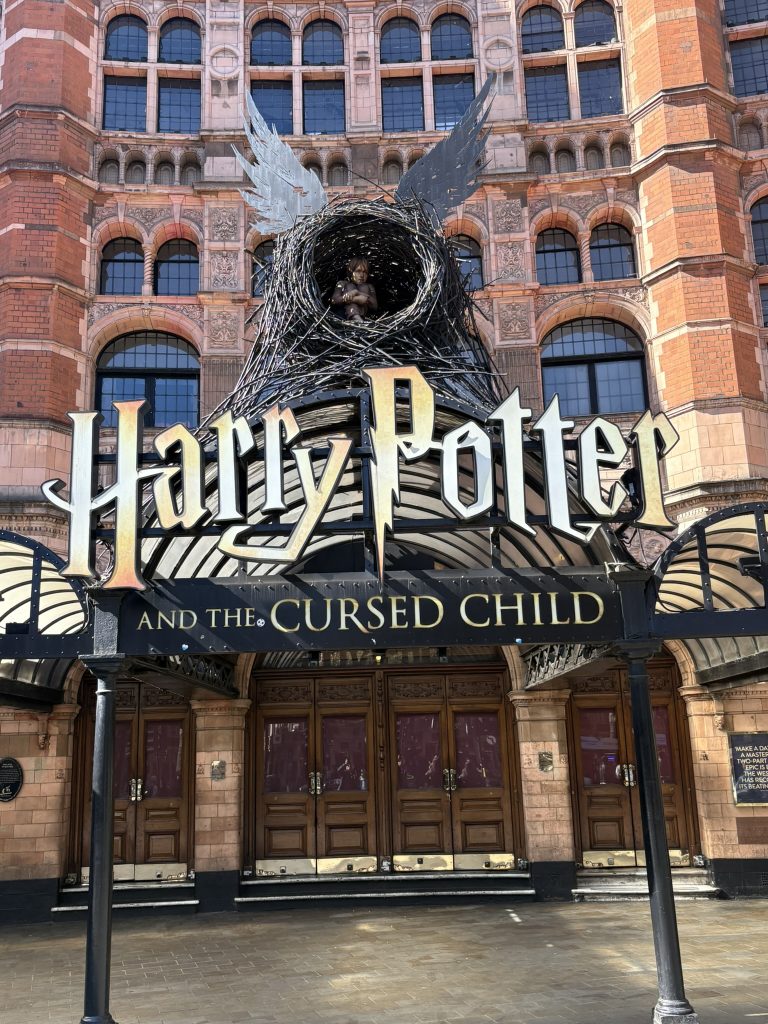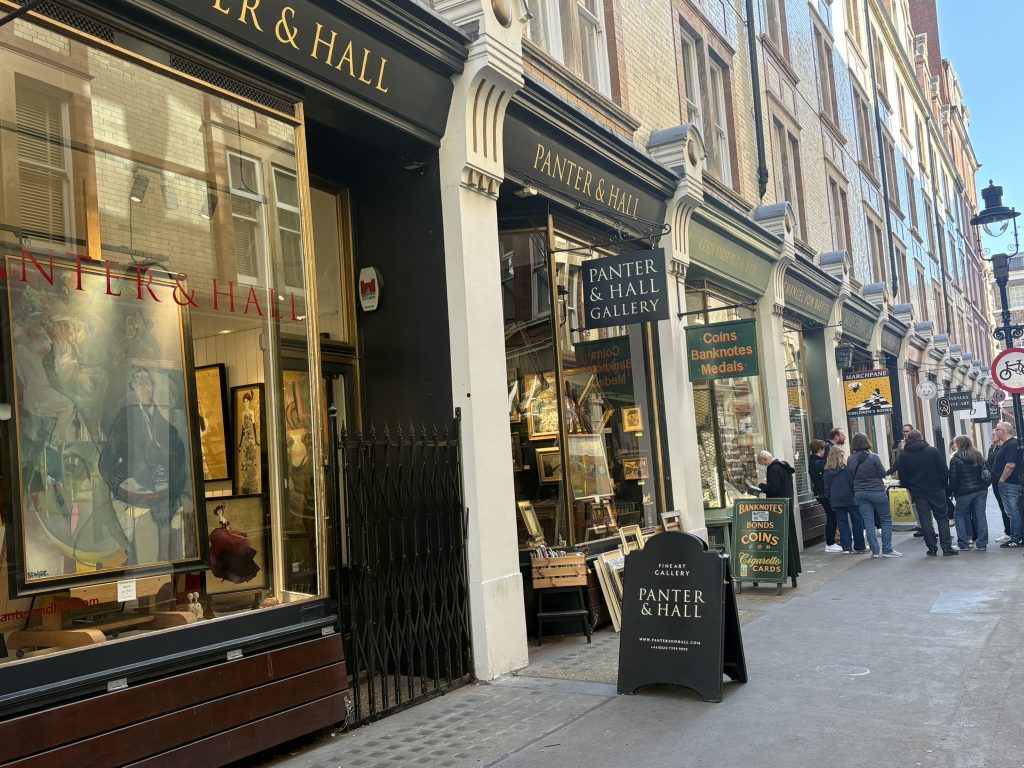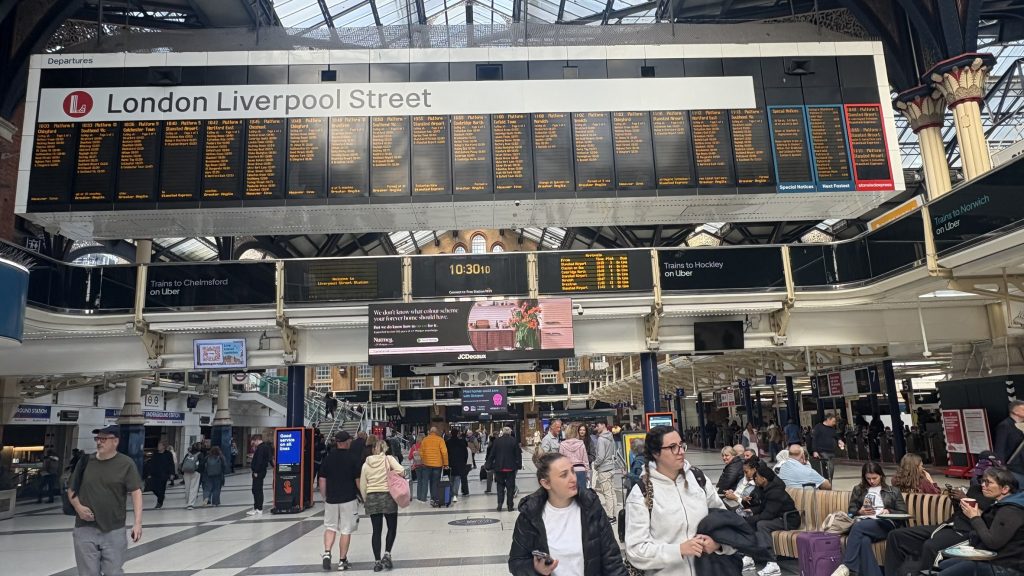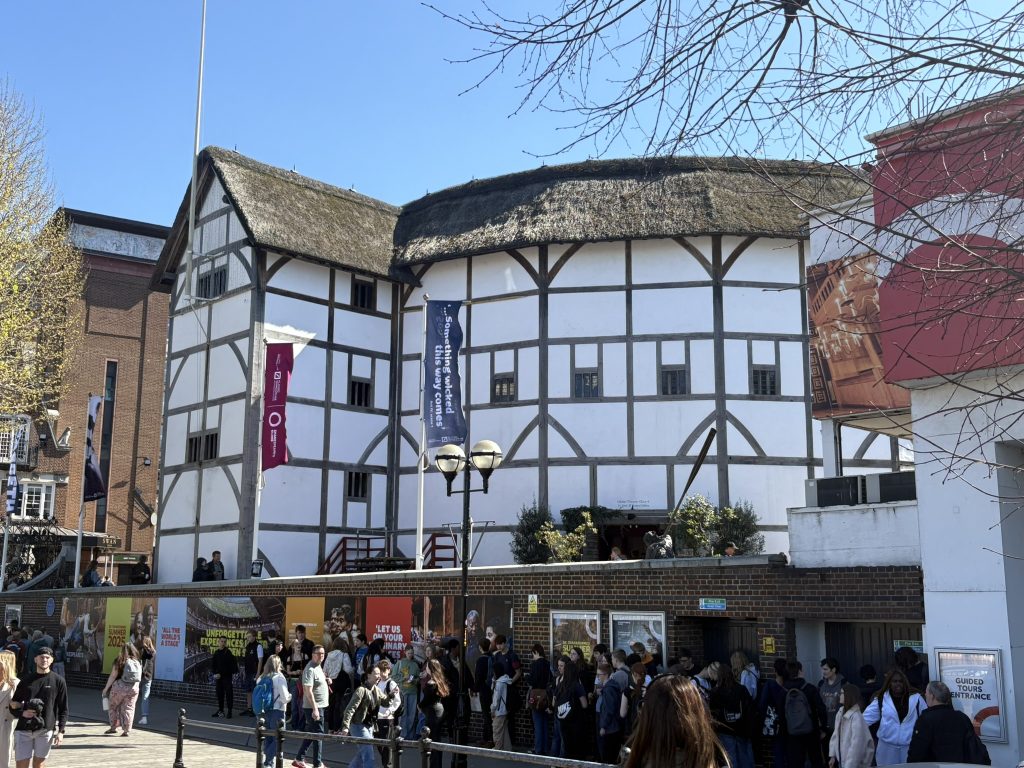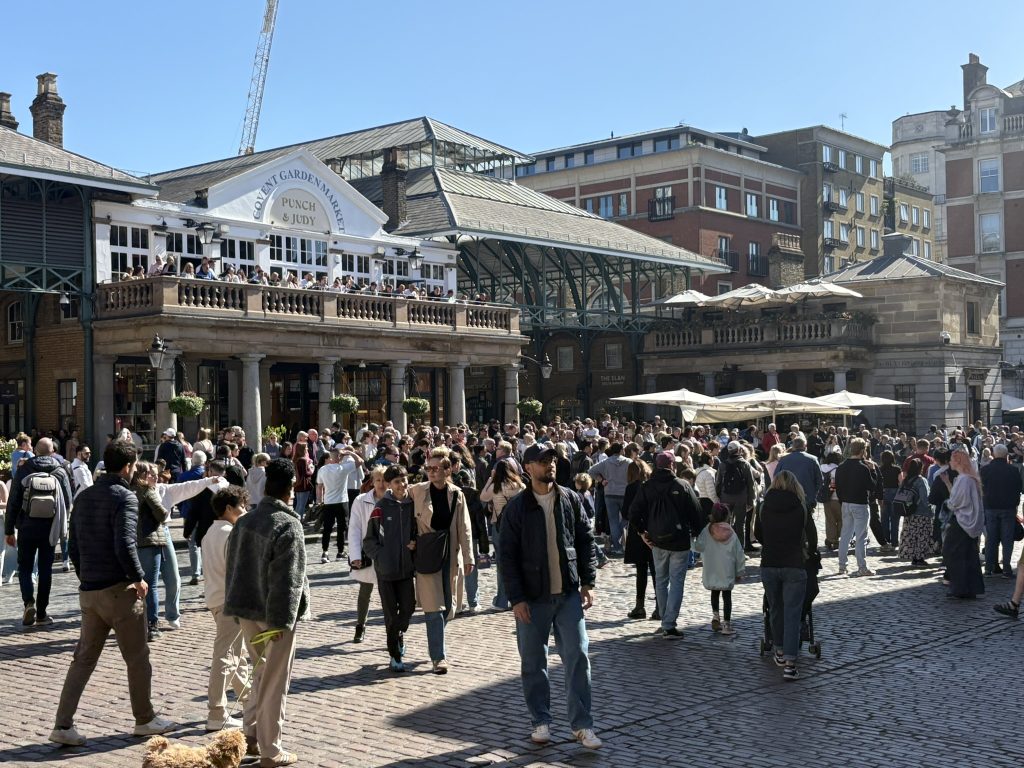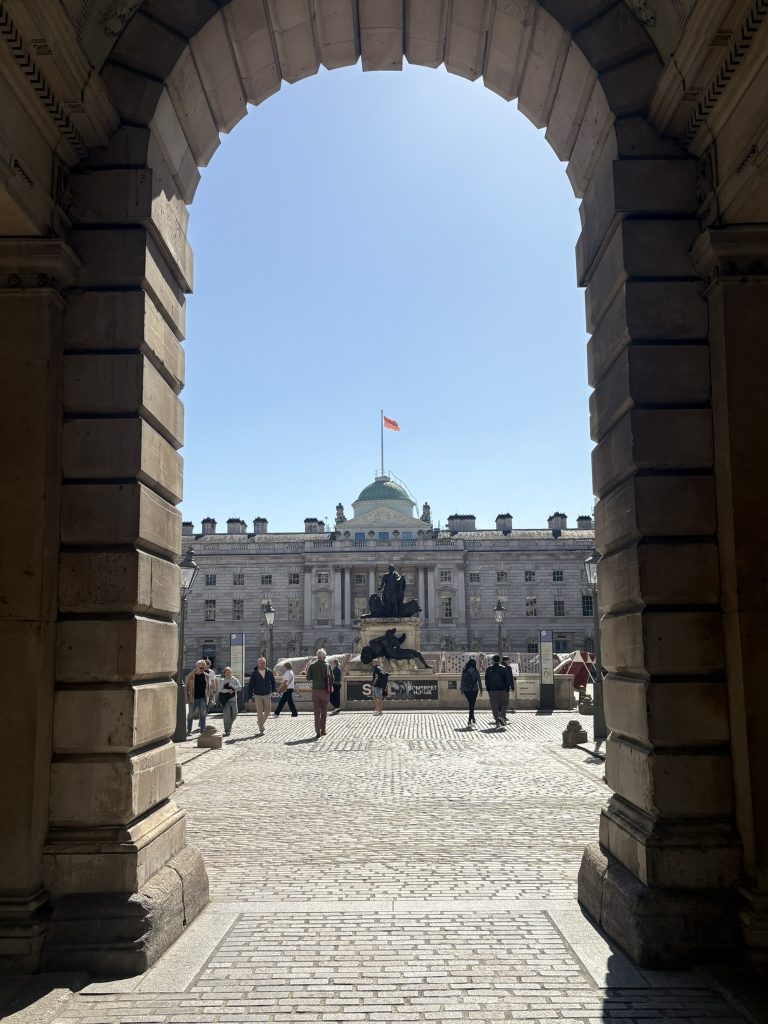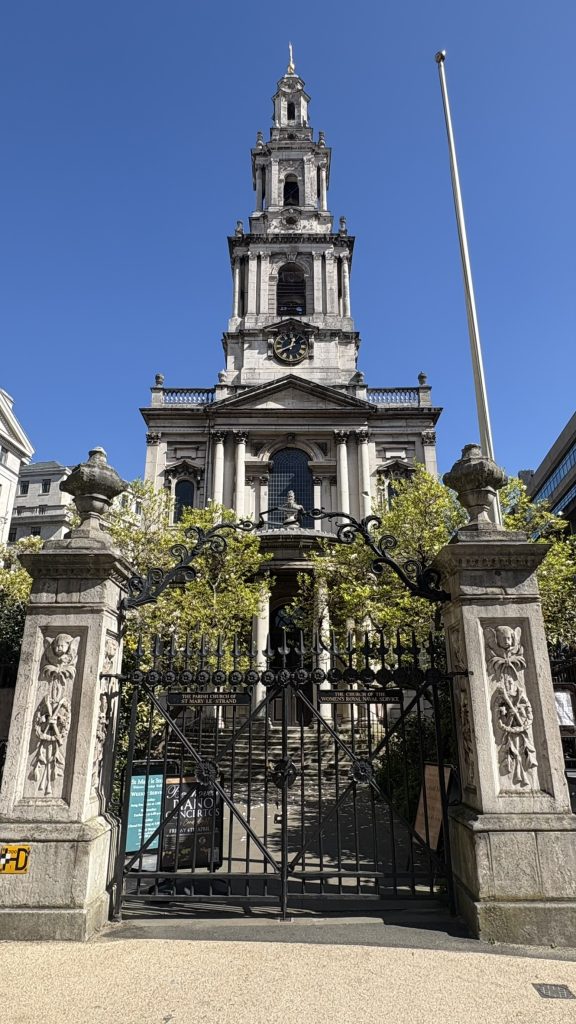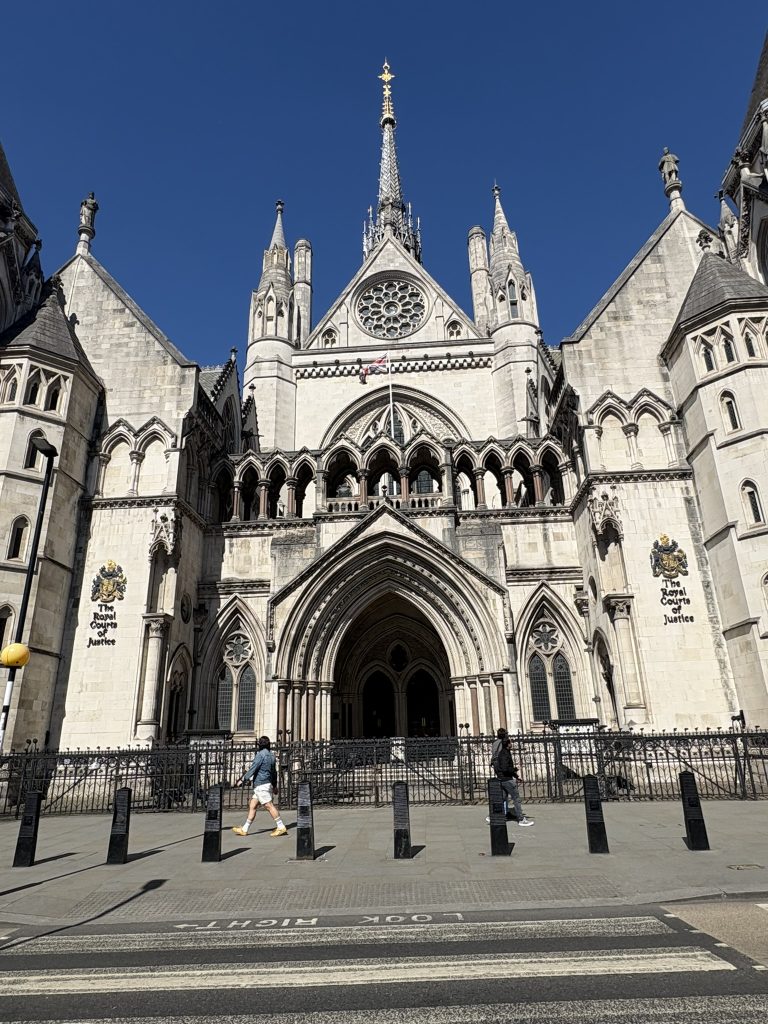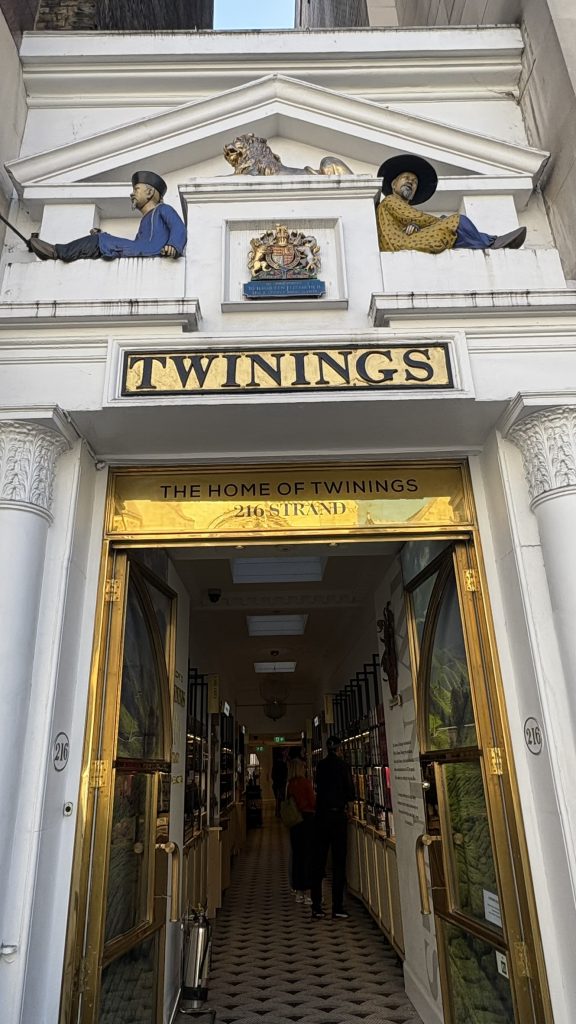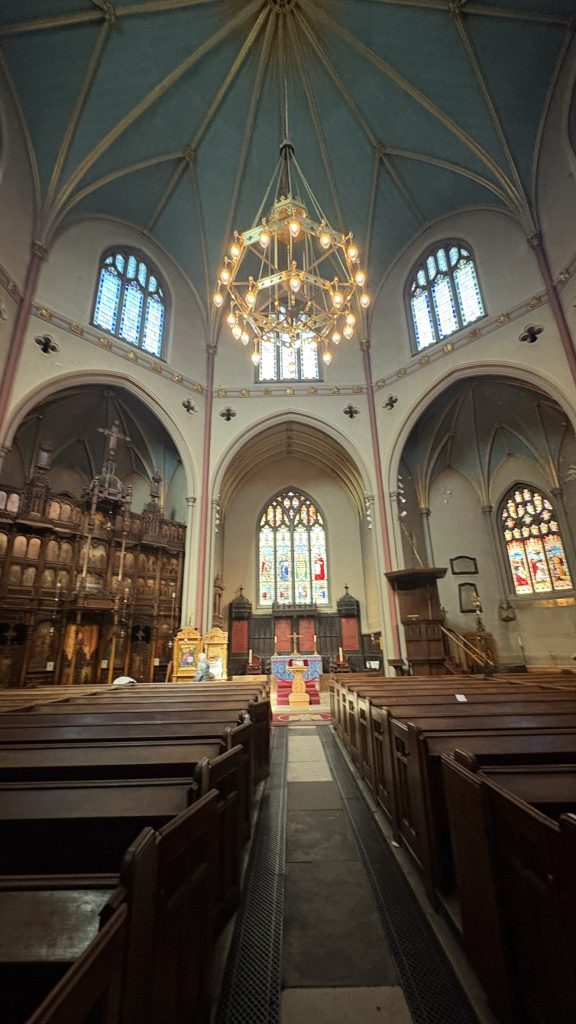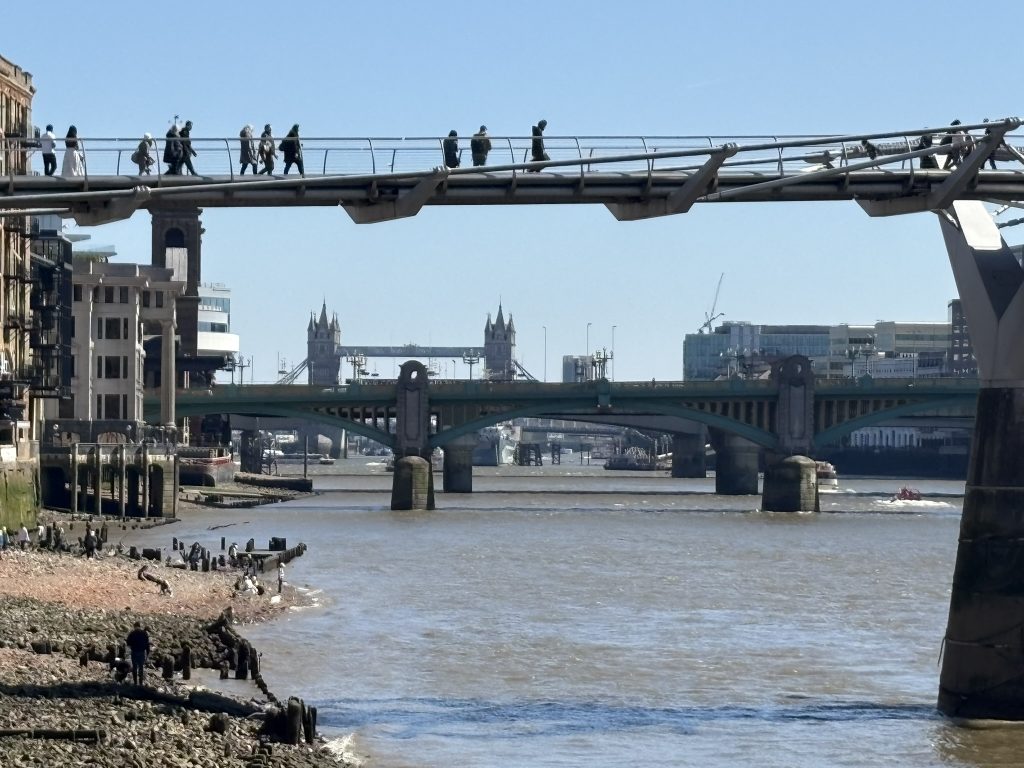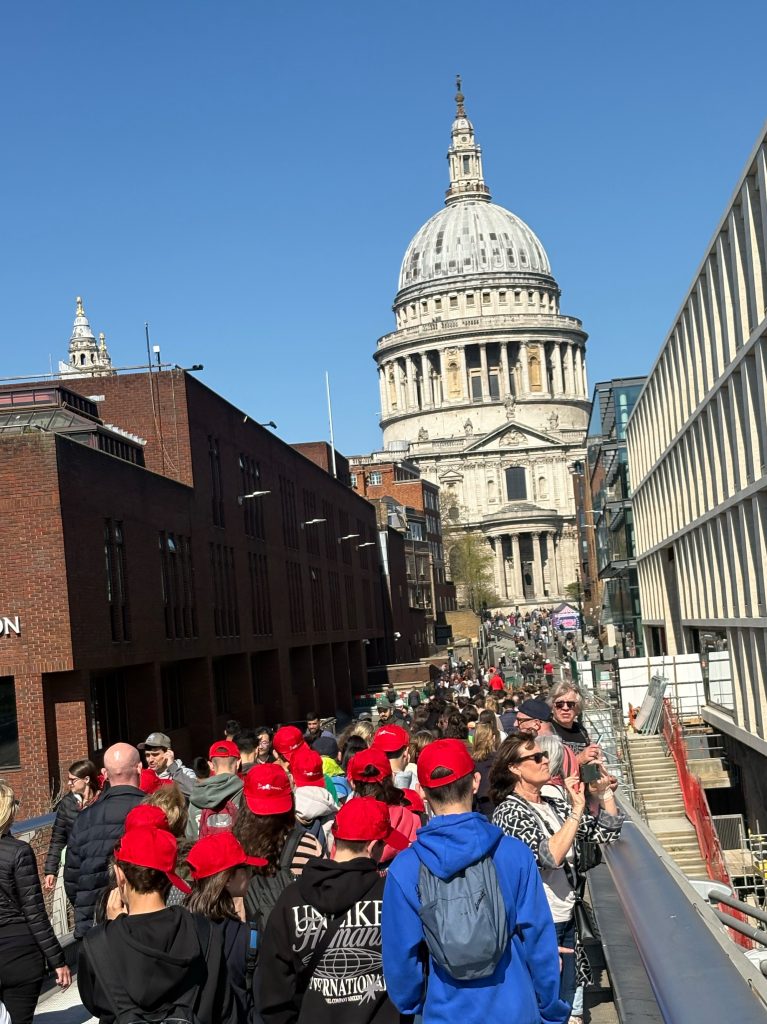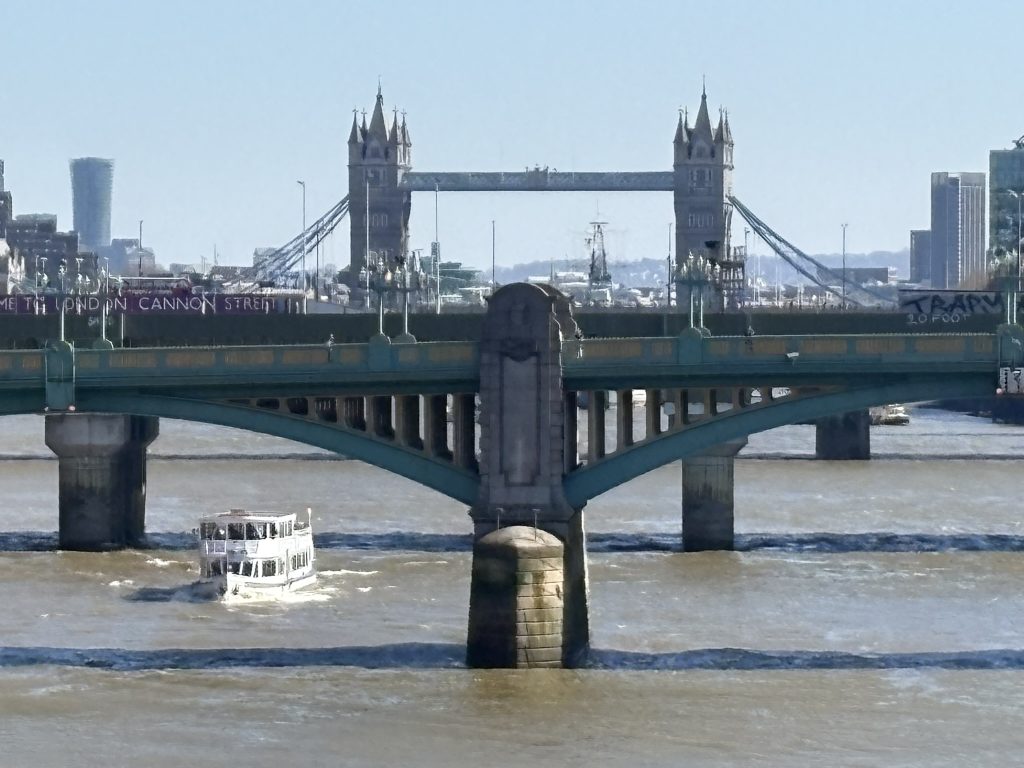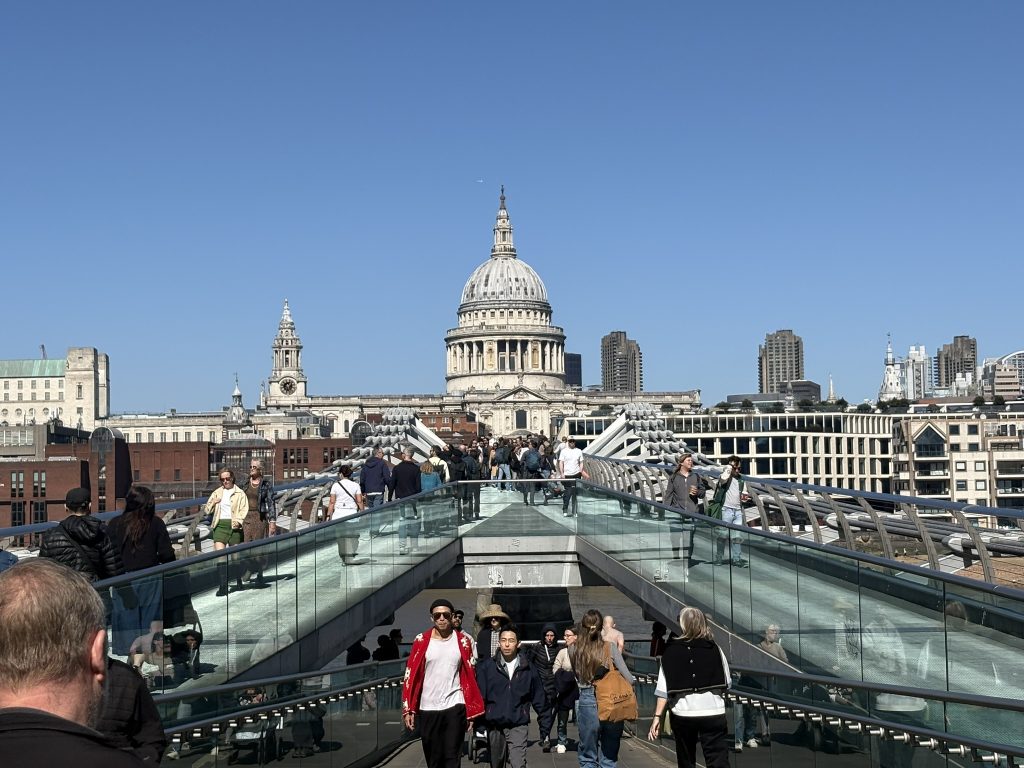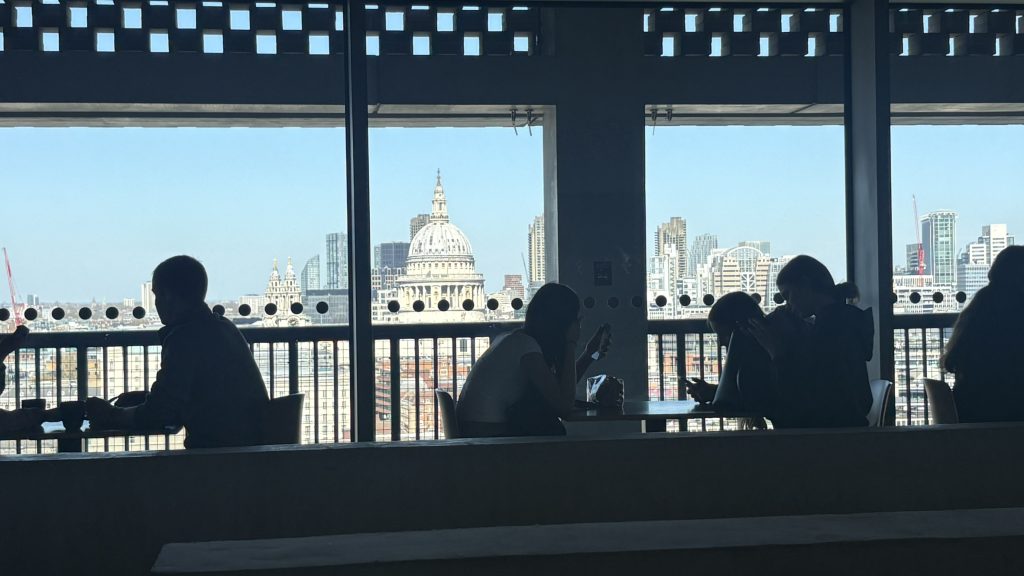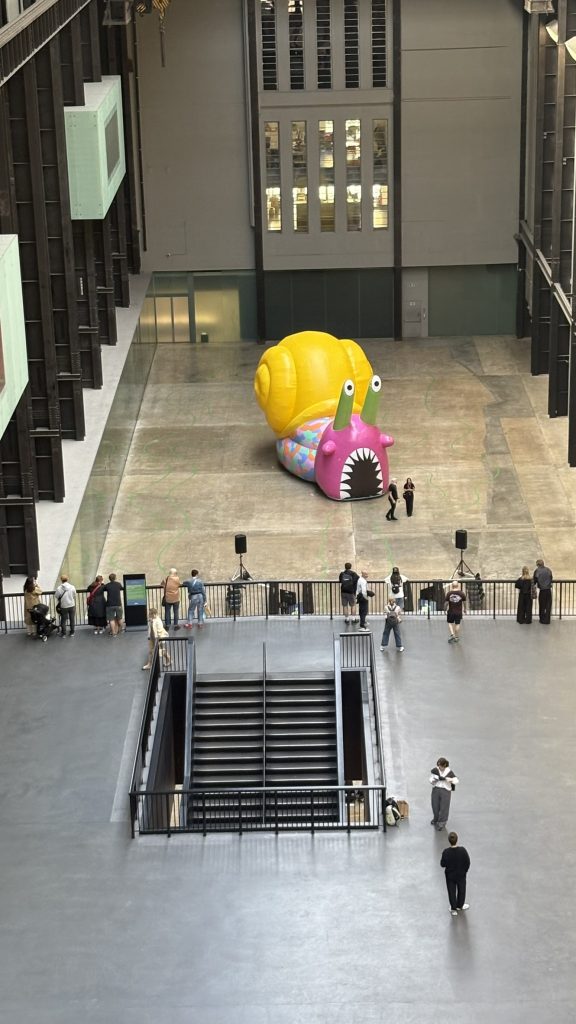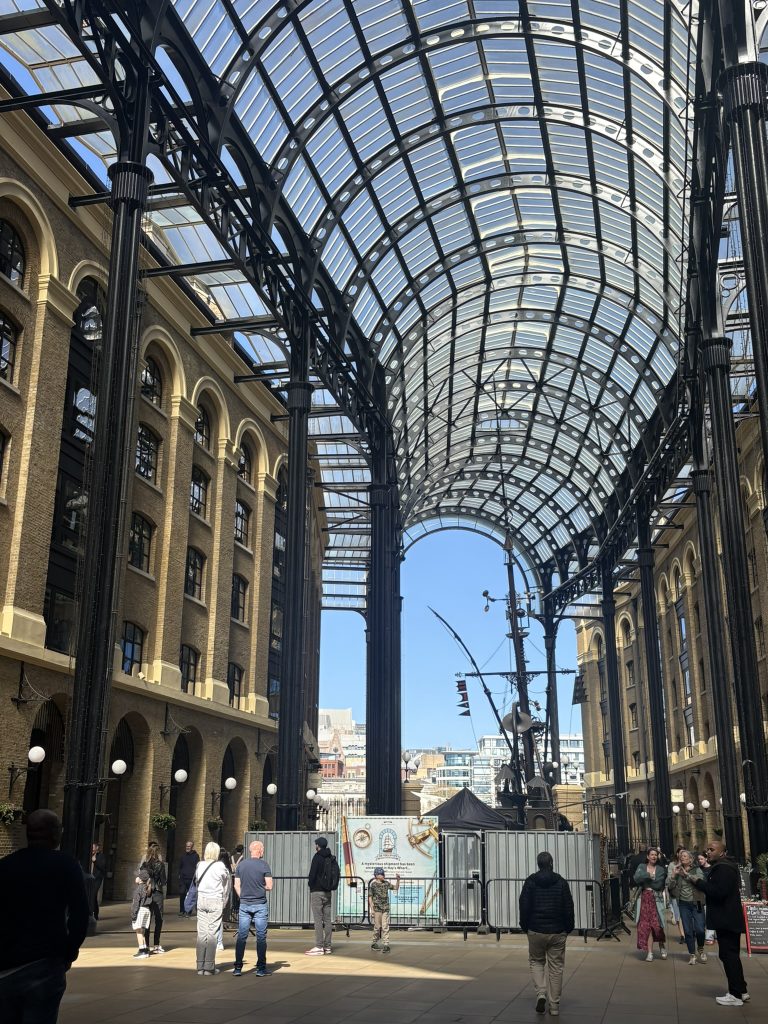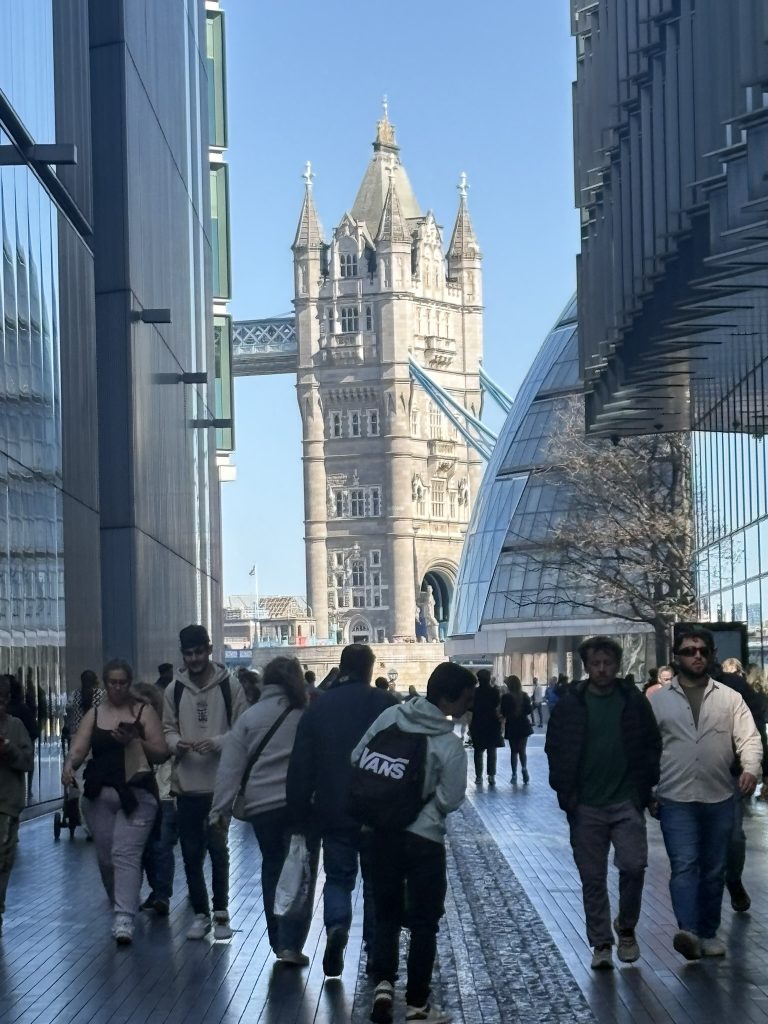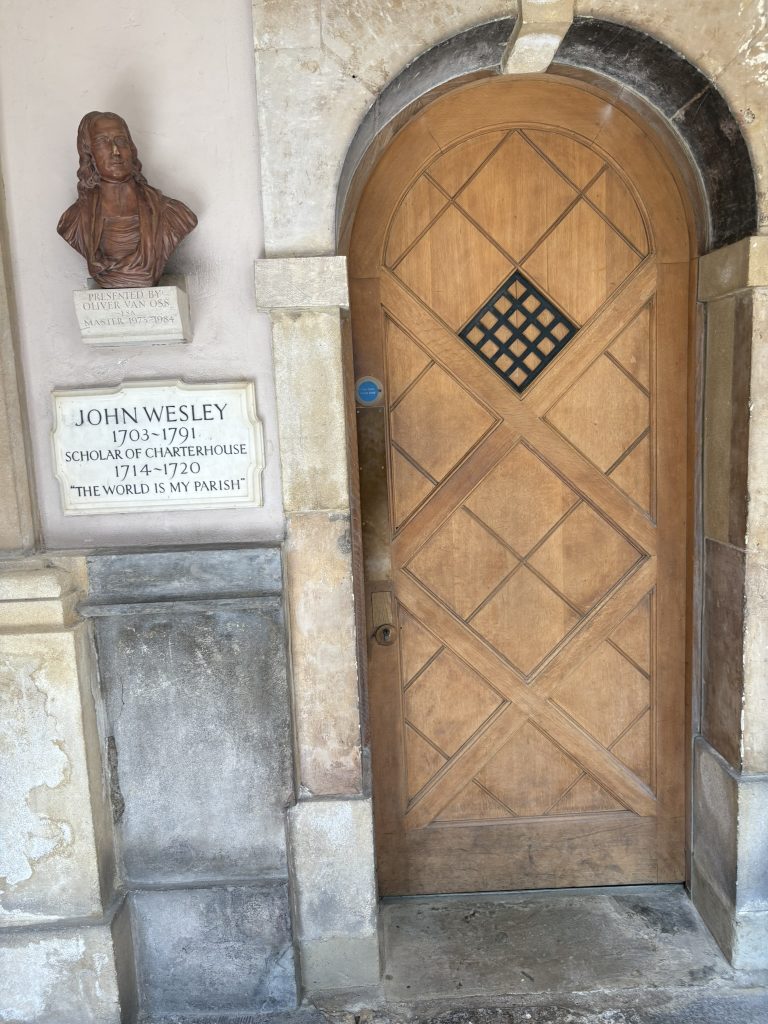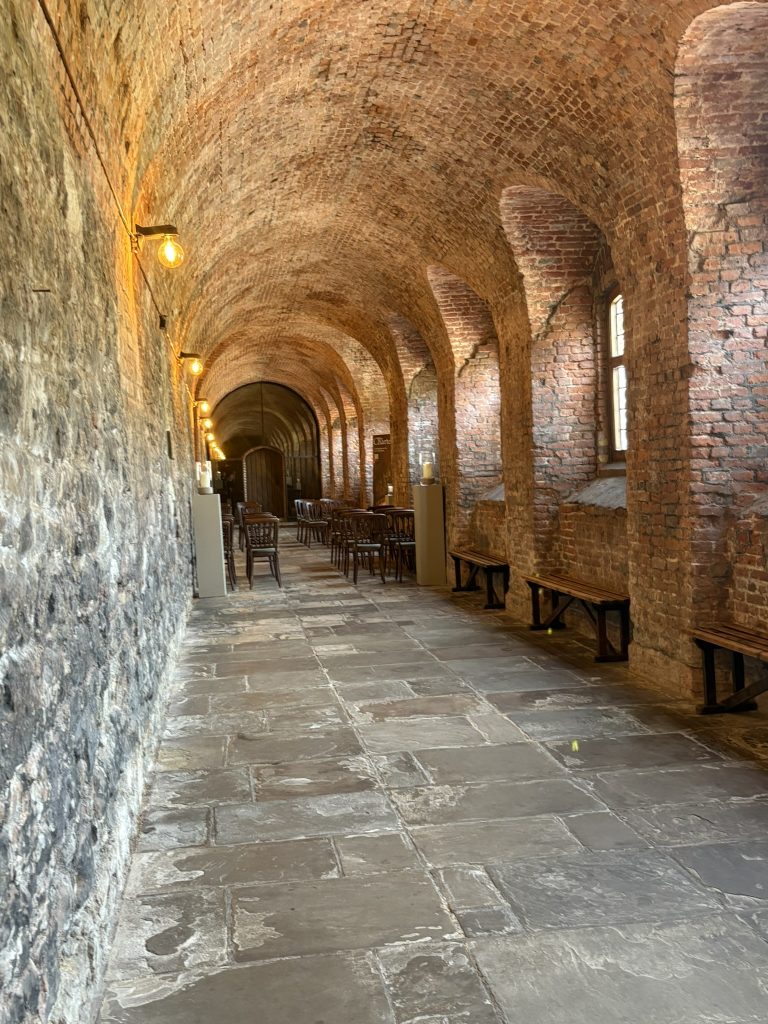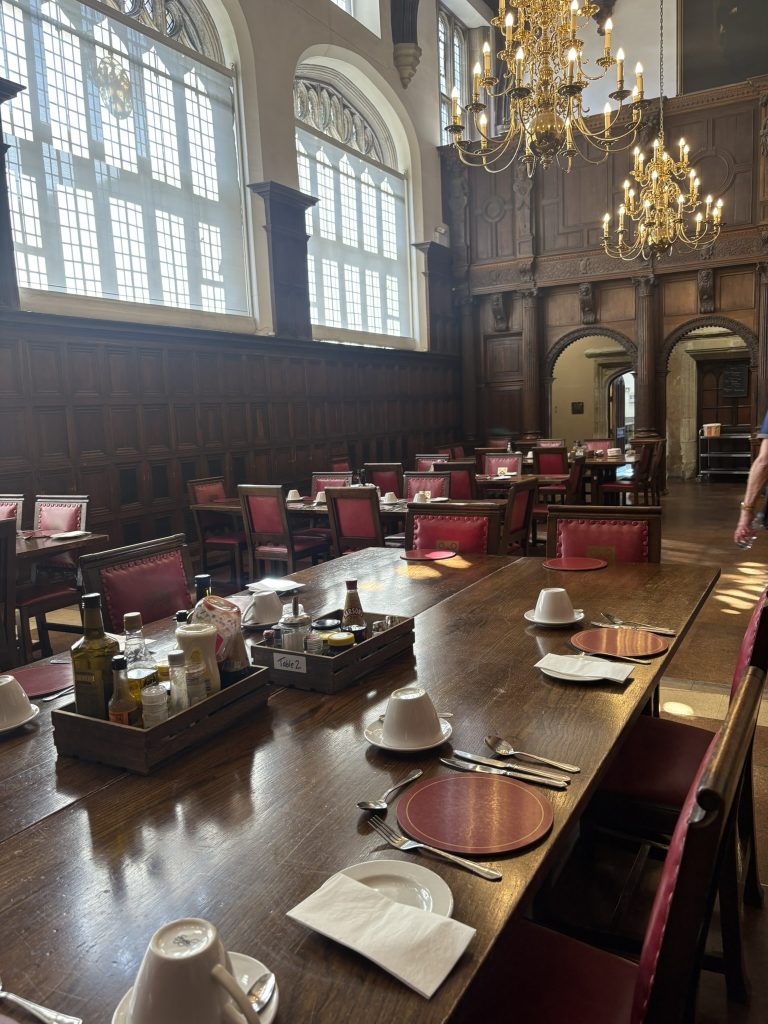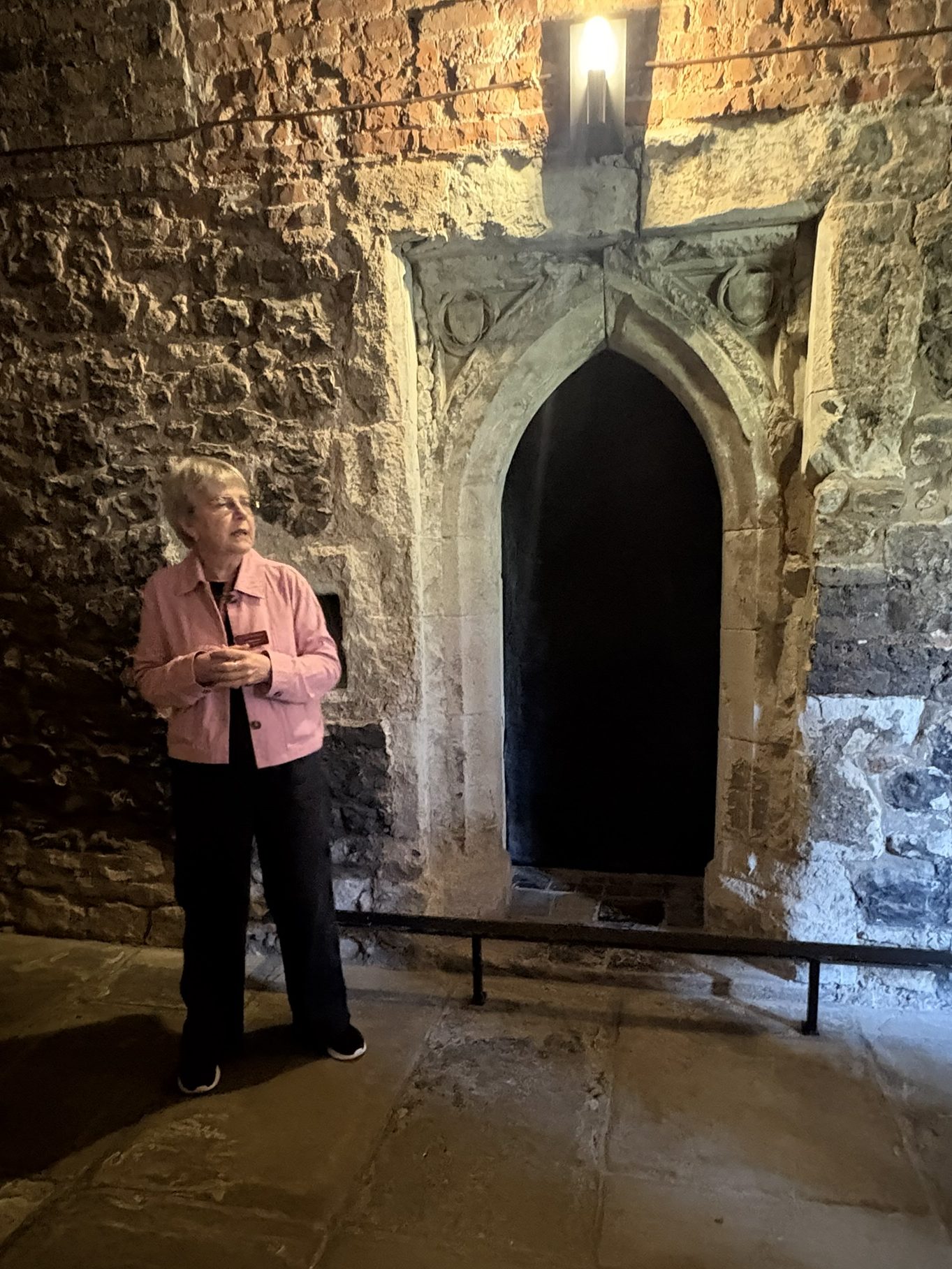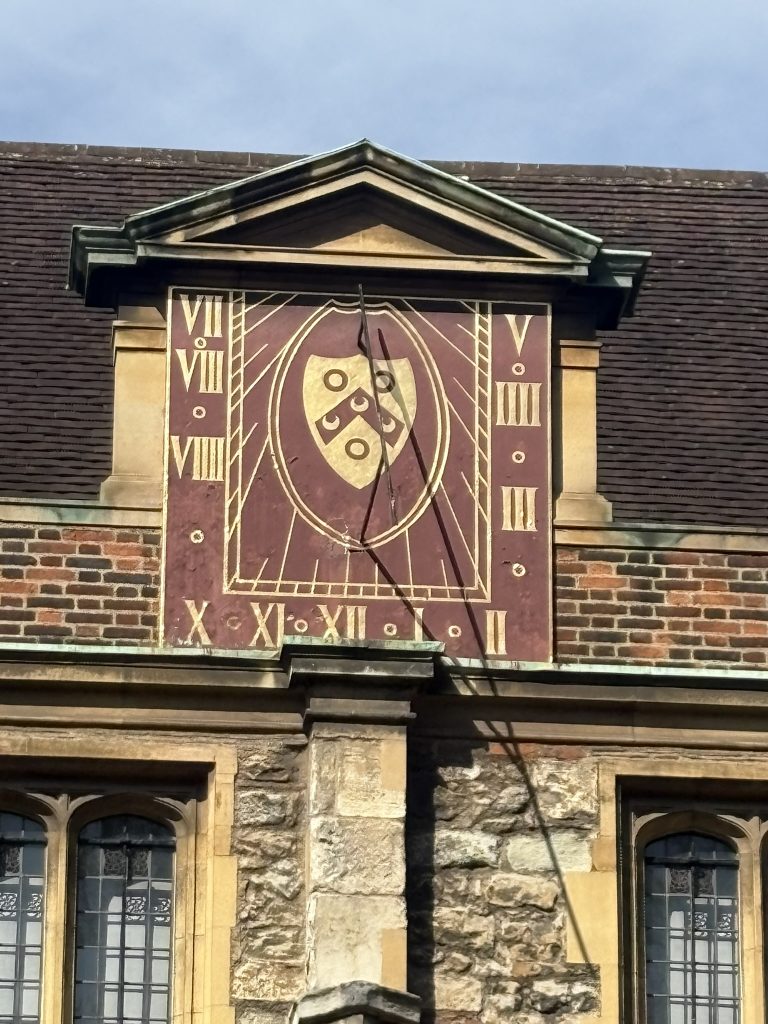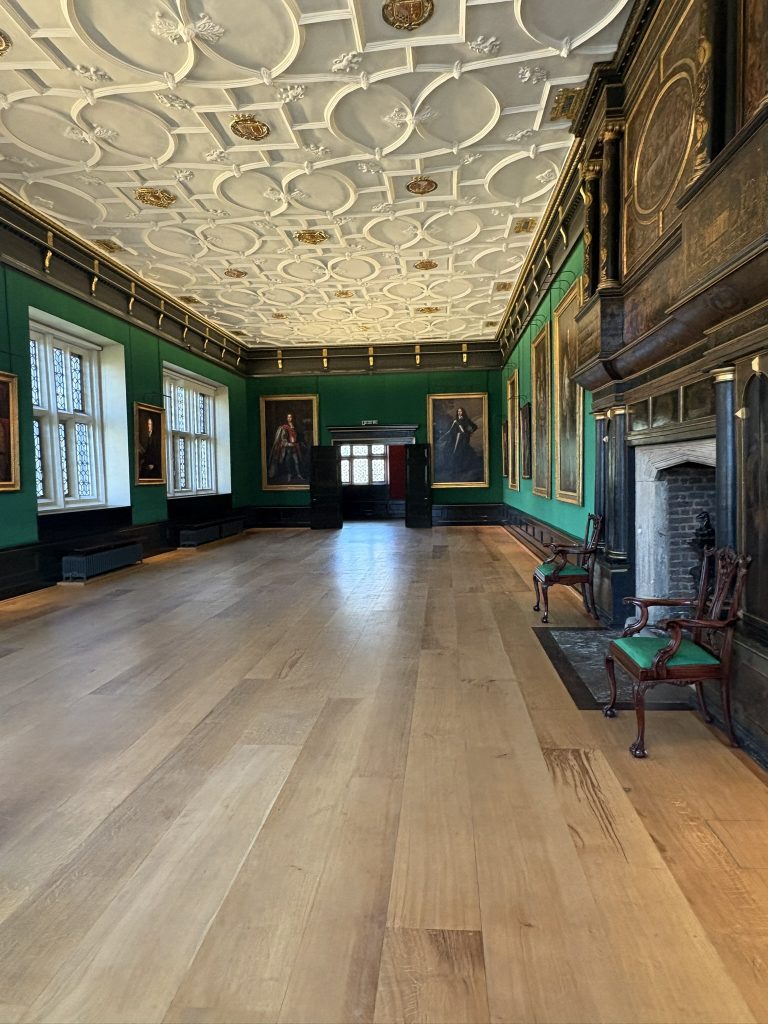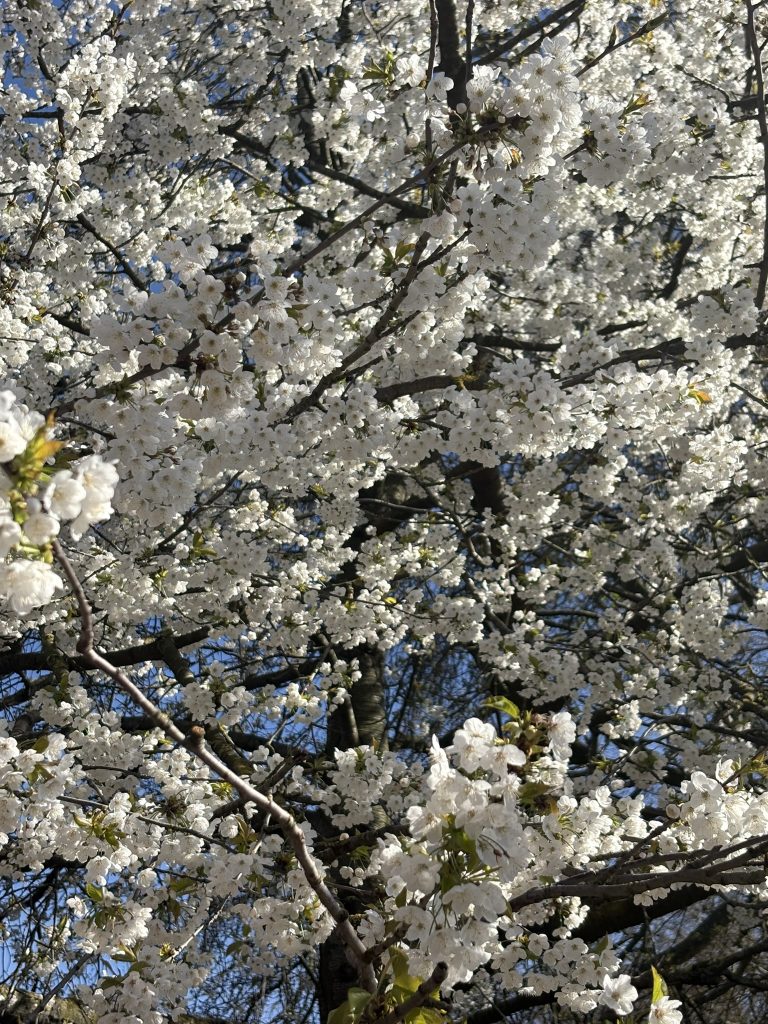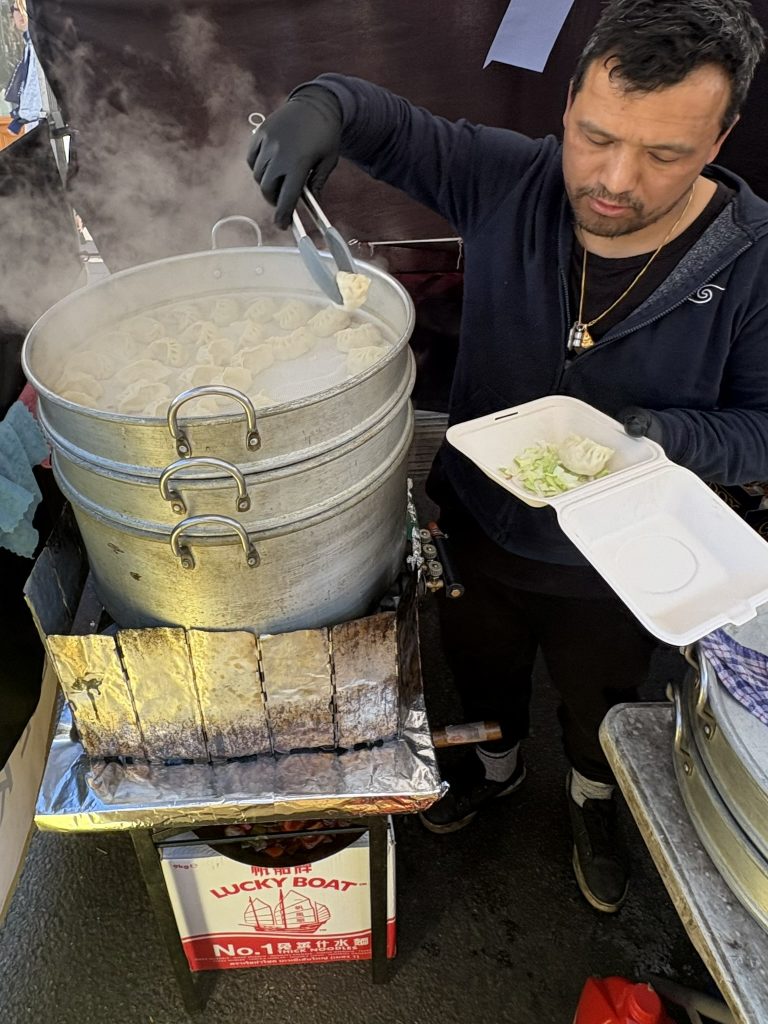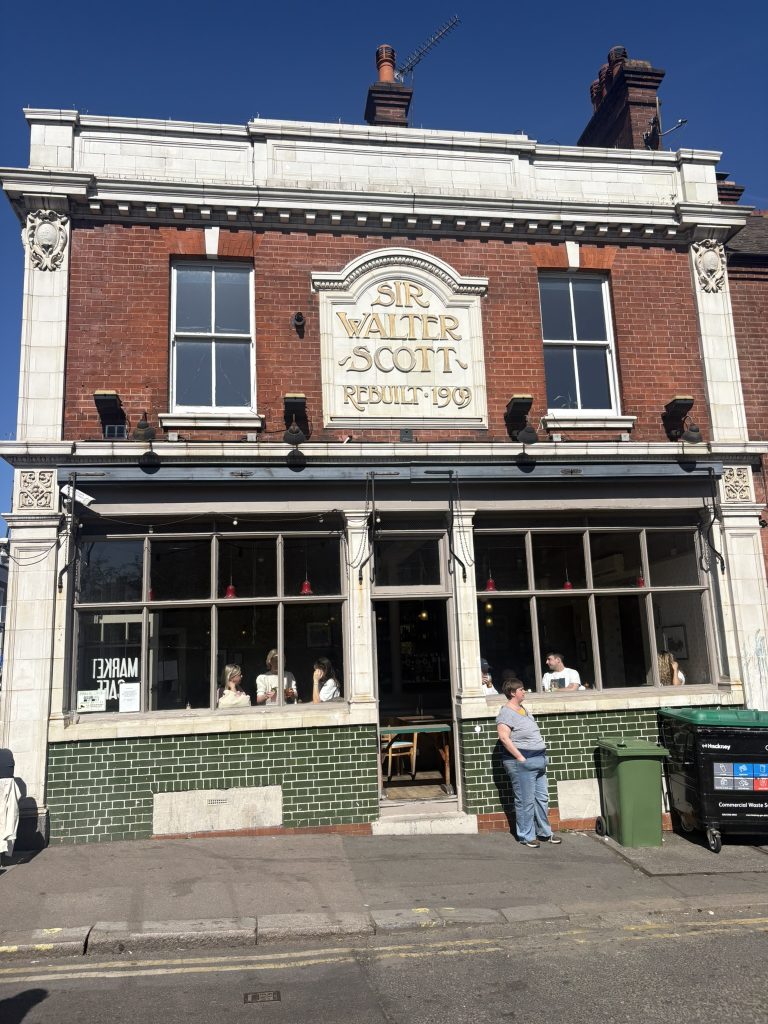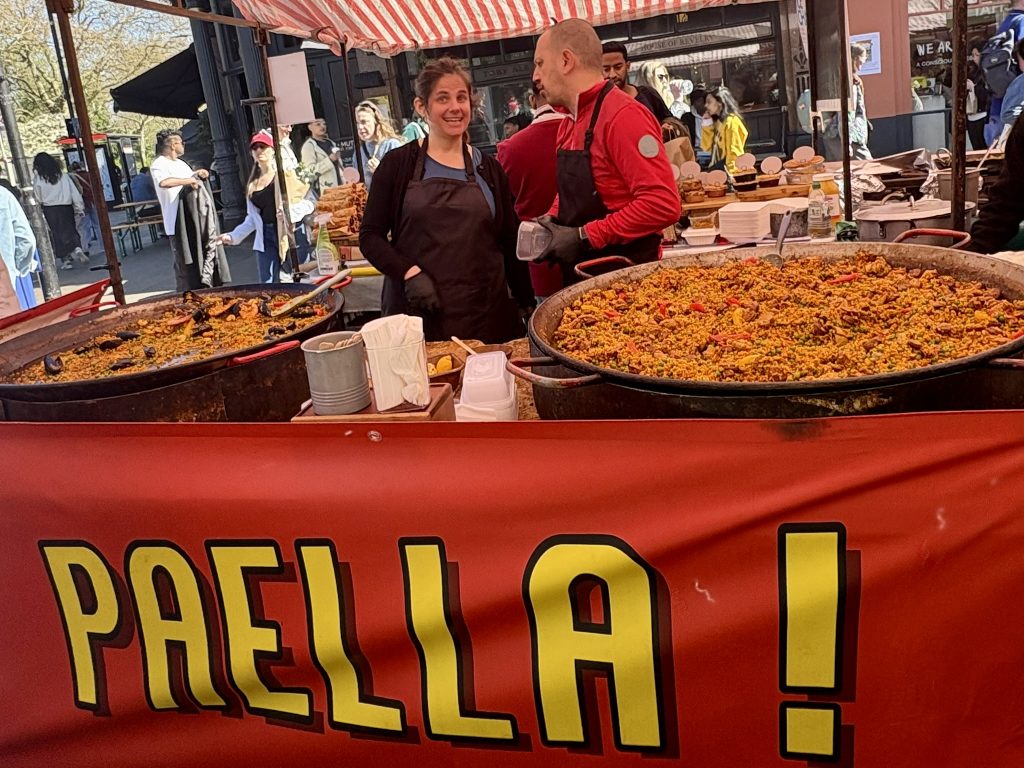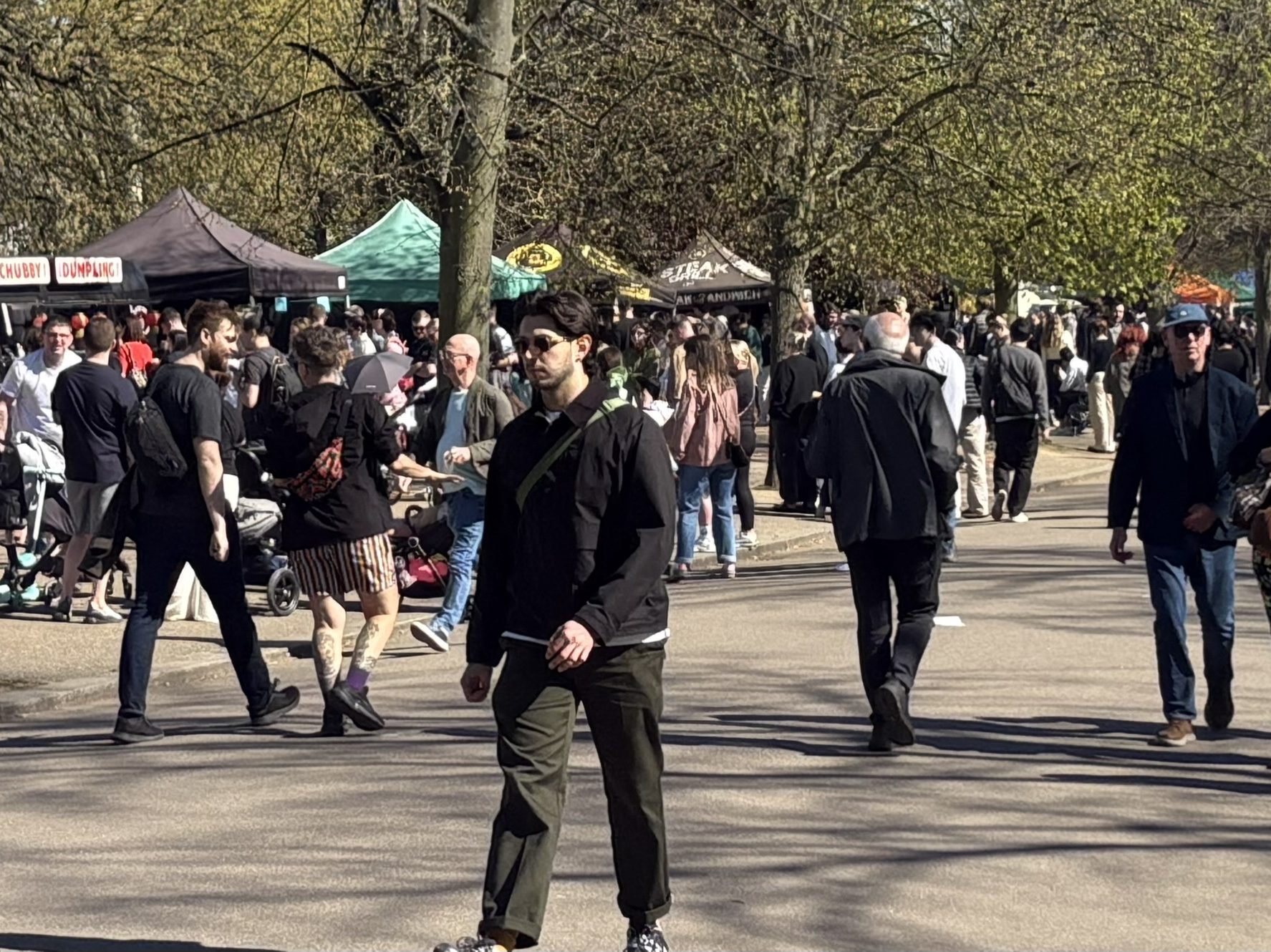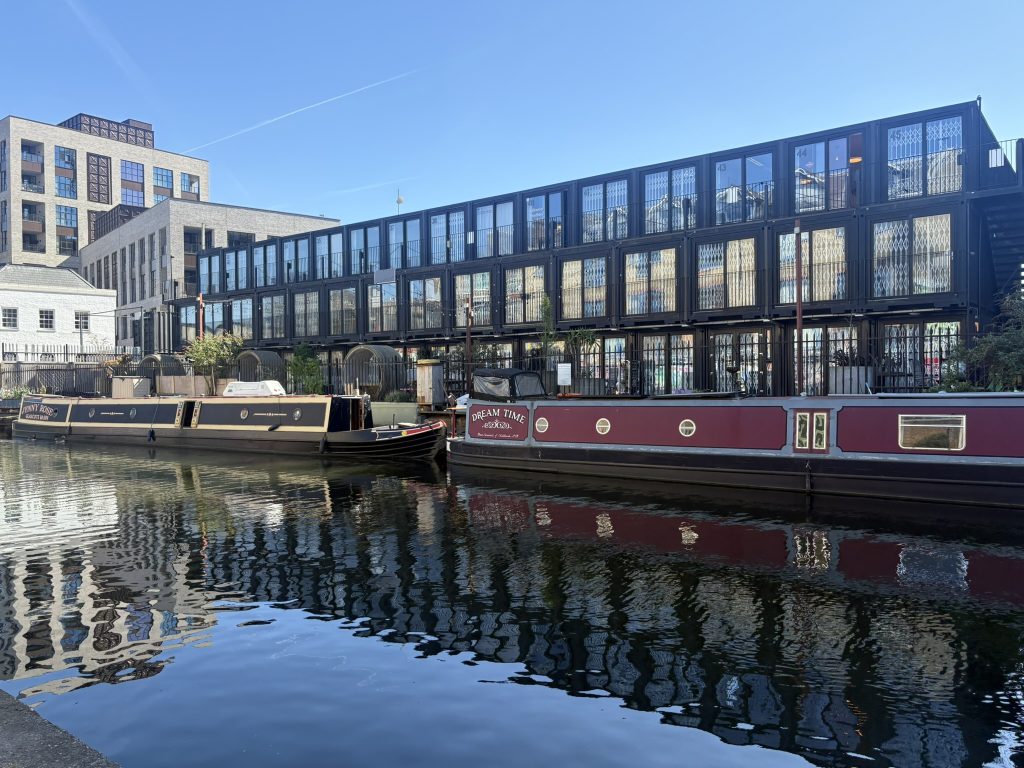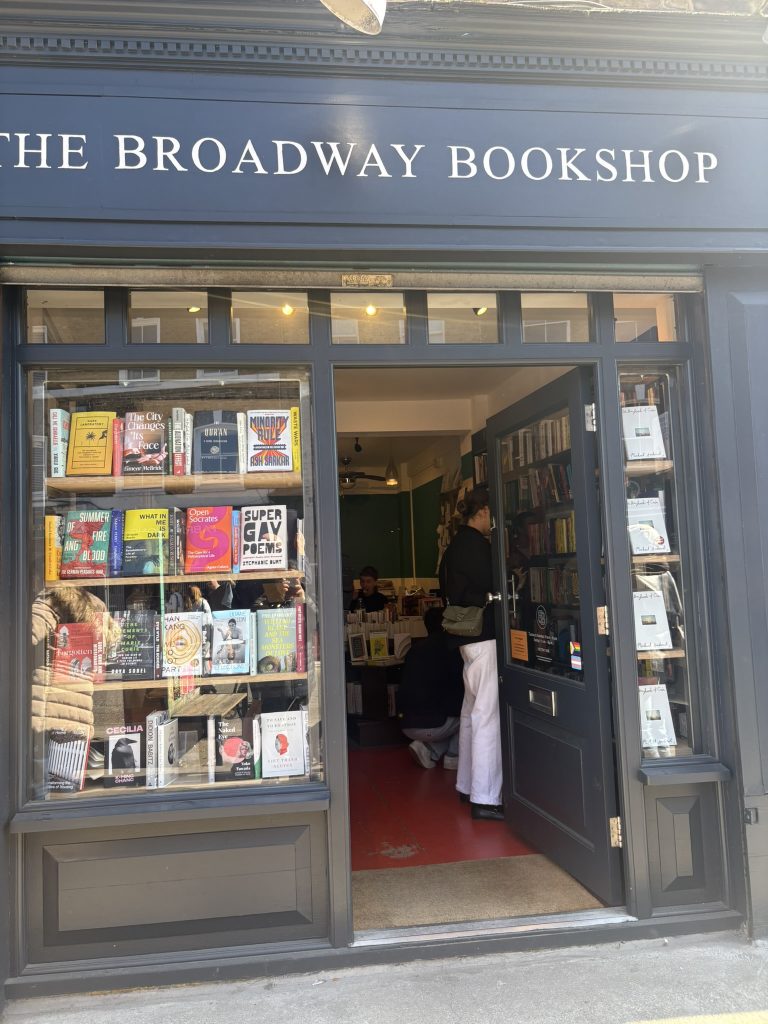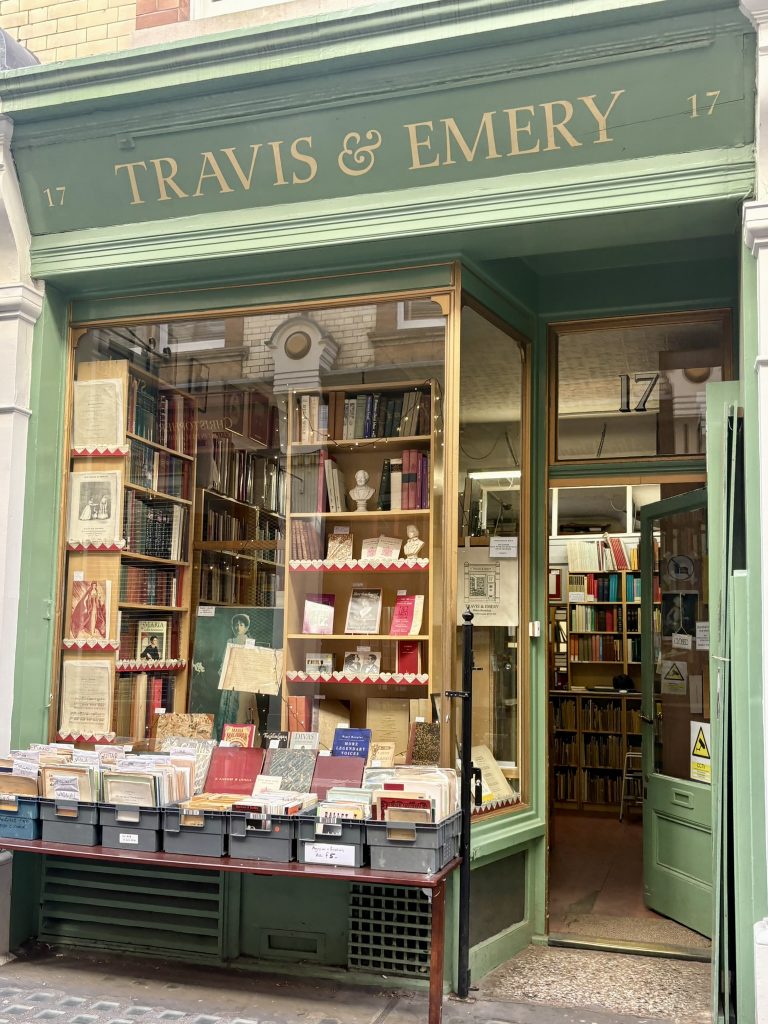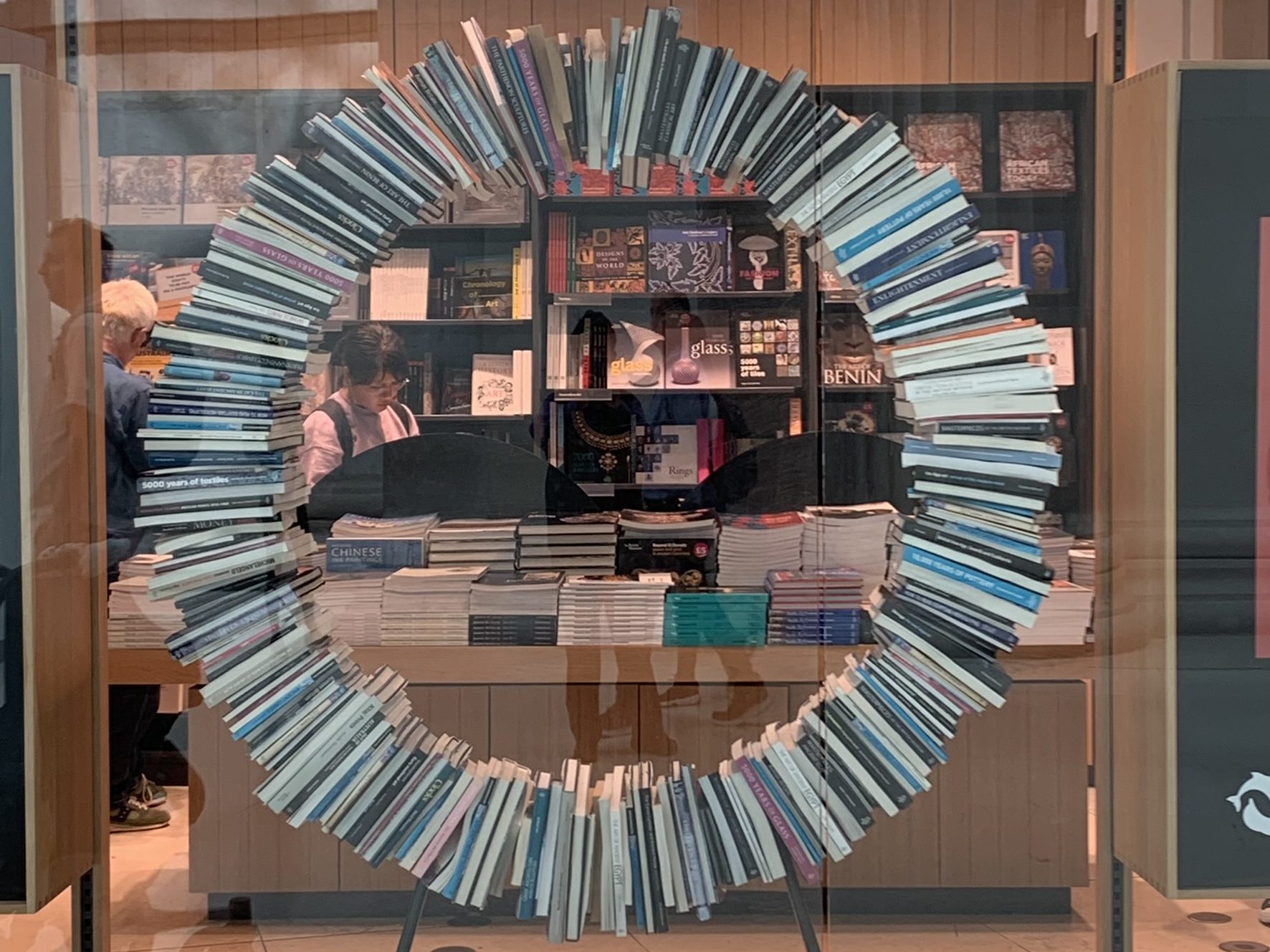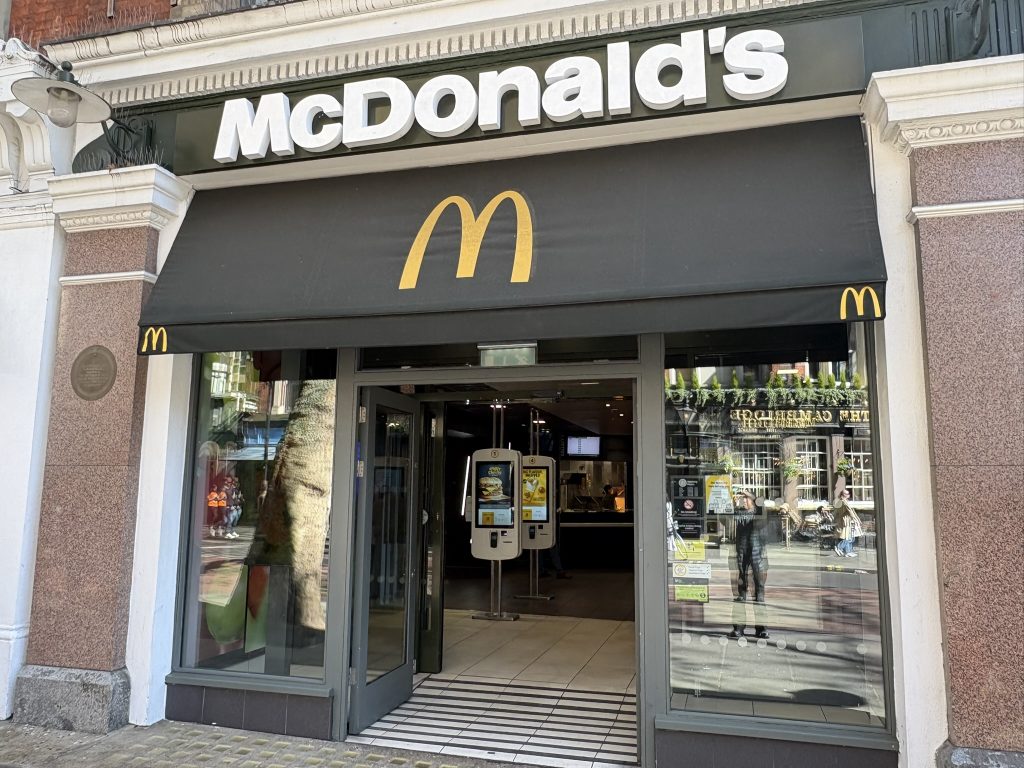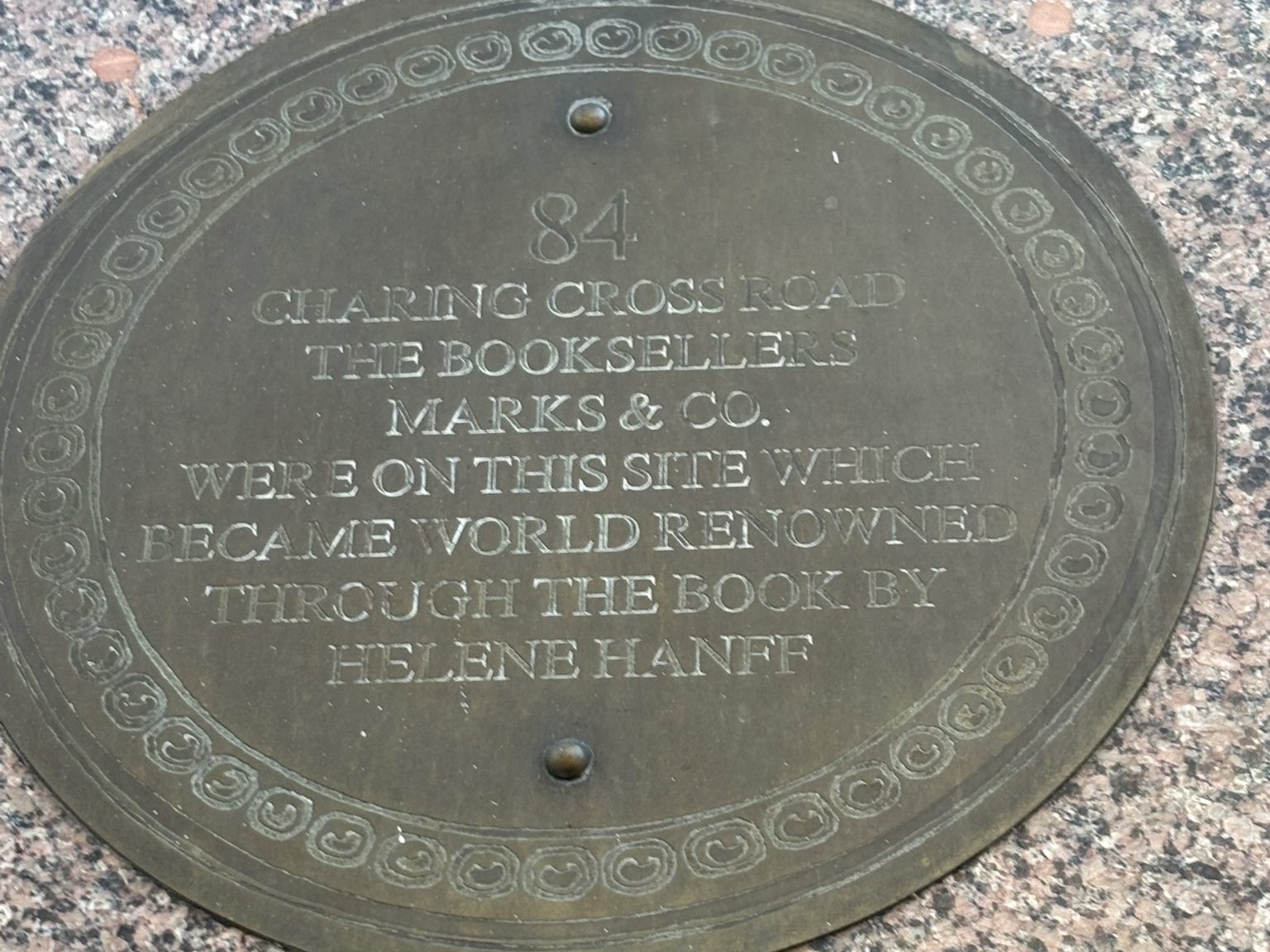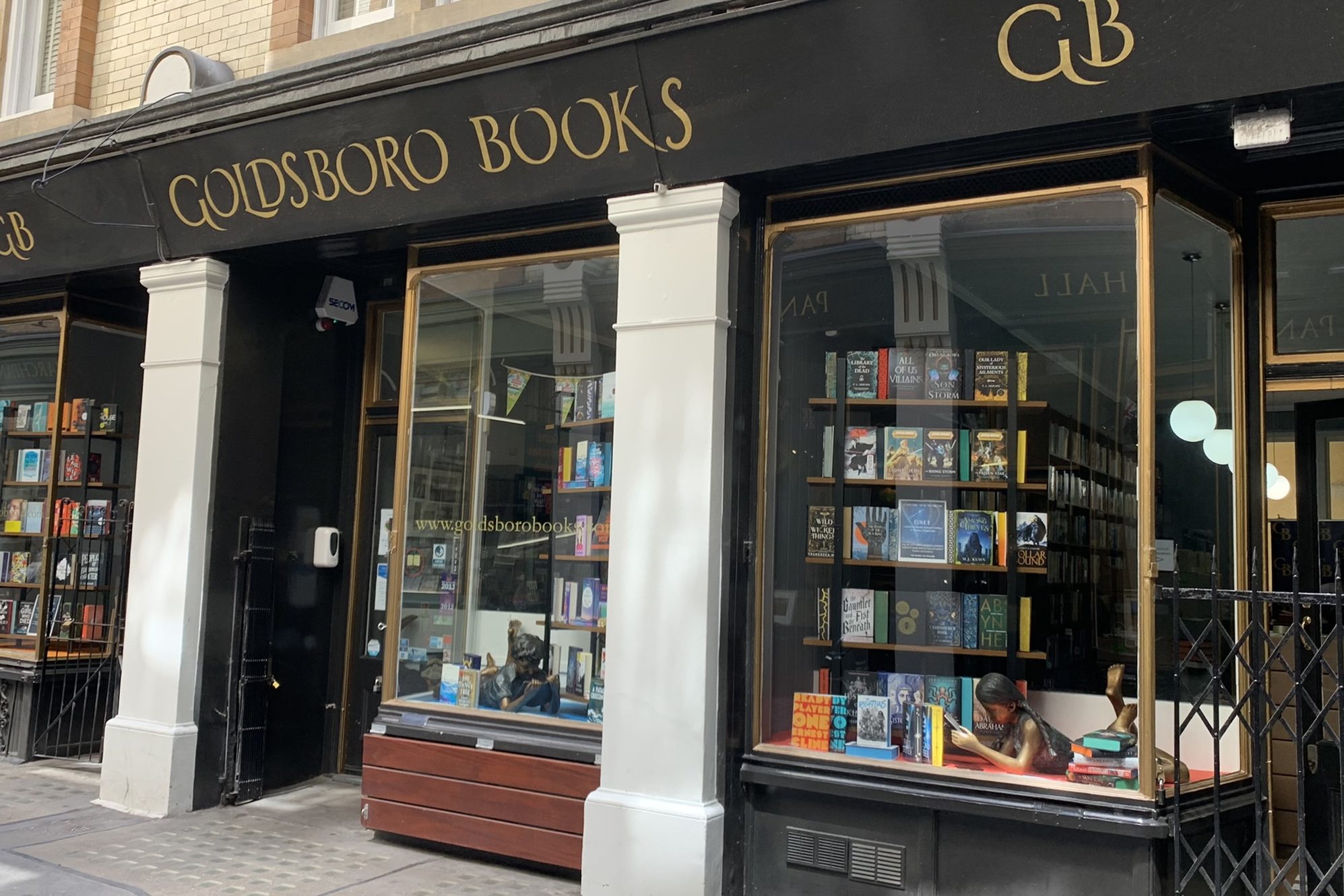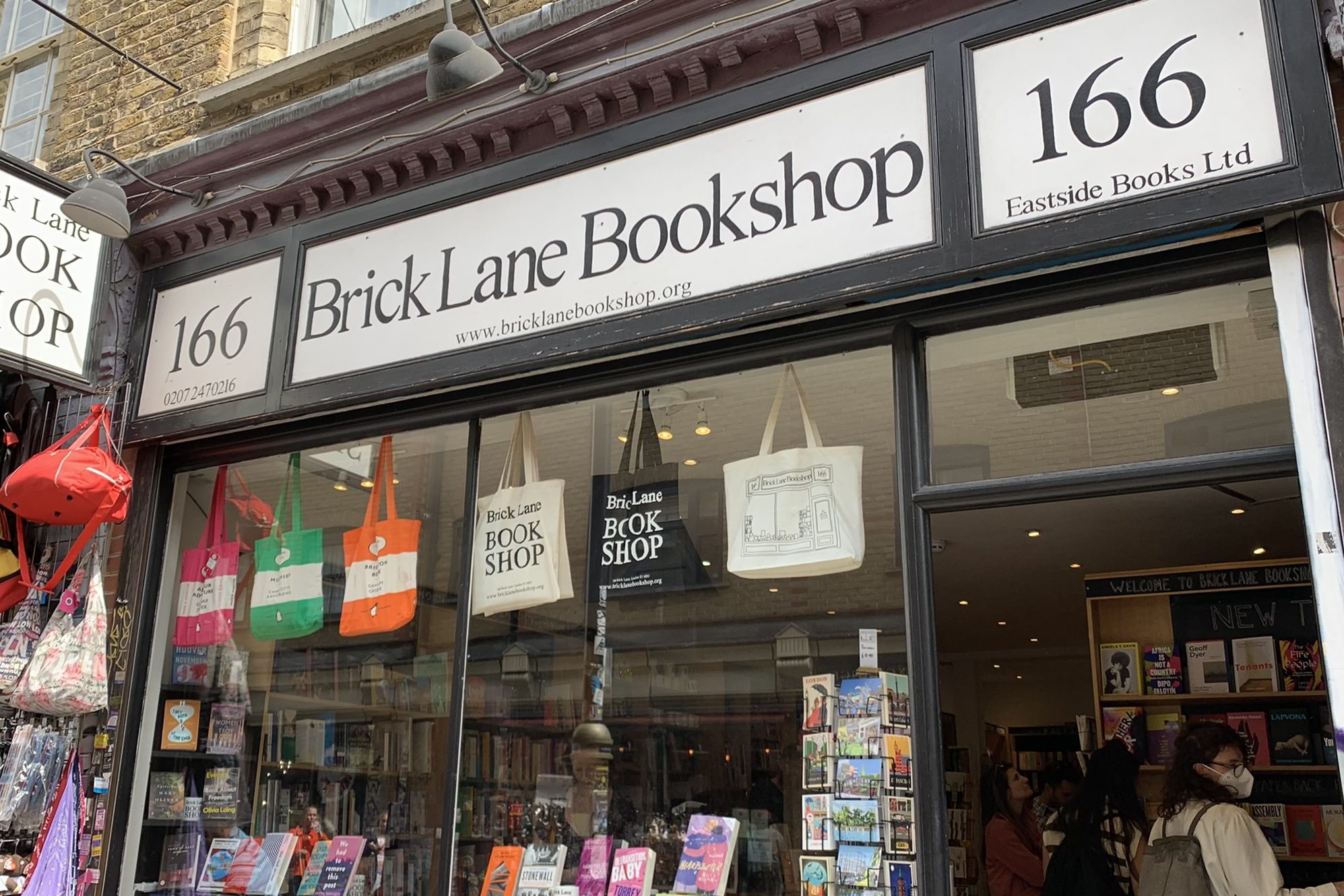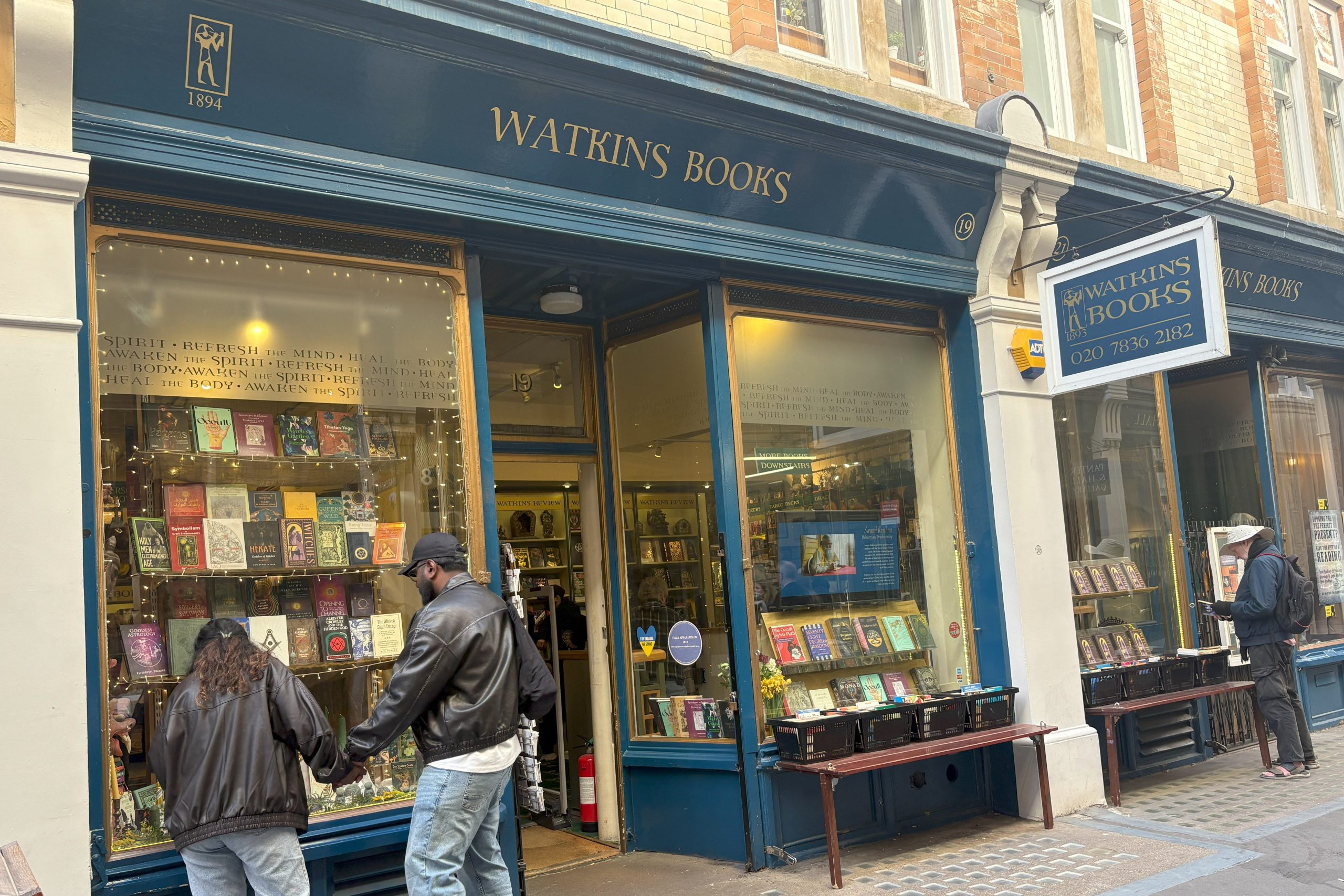Charterhouse: From Monastery to Almshouse
“Savio, you should go visit the Charterhouse,” my friend Jane suggested one night over dinner. One thing I’ve learned during my travels is to take heed of recommendations from locals. I hadn’t heard of the Charterhouse before, nor did I recall seeing it in any guidebooks I consulted. But the almost hour-long tour turned out to be one of the highlights of my visit to London.
Although I don’t usually have a theme or objective when I travel, one gradually emerged on this trip after visiting several sites connected to the Dissolution of the Monasteries following Henry VIII’s Act of Supremacy. At many historic buildings, I observed a familiar sequence of events: former religious sites were seized by the Crown, the residents evicted, and the buildings either fell into neglect and disuse or were gifted to Henry’s allies—or sold off cheaply to those who supported him.
The Charterhouse follows a similar, though more tragic, trajectory. Before its dissolution, it was a thriving Carthusian monastery known as The House of the Salutation of the Mother of God. Its Prior, John Houghton, and several monks were executed for resisting King Henry VIII. Over the centuries, the property changed hands several times, becoming a Tudor mansion, then a school, and—since 1611—an almshouse.
Today, the Charterhouse continues its charitable mission. It provides a home for single men and women over 60-year old who are in financial need. In addition to its residences, the complex includes a museum and a chapel, though it no longer has a religious affiliation. Curiously, all residents, regardless of gender, are referred to as “brothers.”
Note: Coincidentally, on the day I was writing this, I happened to be listening to a podcast about trade secrets and learned about Chartreuse for the first time. The recipe for this liqueur is a closely guarded secret—only two Carthusian monks at any given time know the entire formula. Check out this Wikipedia article to learn more.
Sunday stroll: from Hackley to Stratford
According to American geographer Mark Jefferson, a primate city is one that is at least twice the size of the next largest city and significantly more than twice as important in terms of economic, political, and cultural influence. London certainly fits this definition. Few people outside the UK could name the second-largest city in England, as Birmingham has a population of approximately 1.1 million compared to London’s nearly 9 million. In terms of area, London is almost seven times larger than Birmingham.
I’ve been fortunate enough to visit London numerous times over the years. It’s an expensive city, but I’m lucky to have friends who live there and have been kind enough to house and feed me during my stays. They live near Stratford (not Stratford-upon-Avon), which is in the eastern part of London. For many tourists, because of the overwhelming number of sites to see in Central London, they may miss out from seeing this part of the city.
On a sunny Sunday, I spent the entire afternoon far from central London. I strolled from Hackney to Broadway Market, and after sampling a few tasty momos (Tibetan dumplings), I continued along Regent’s Canal to Victoria Park, ending my journey in Stratford. Along the way, I saw plenty of locals out walking with family, sampling food at the market, having picnics in the park, or simply ambling along the canal. It was a marvelous way to spend an afternoon.
London for Bibliophiles
There are some lovely bookstores in London. Two of my favourites are Foyles Books near Charing Cross Station and Daunt Books on Marylebone High Street.
Foyles was founded in 1903 by brothers William and Gilbert Foyle and remained a family-run business until it was acquired by Waterstones, the UK’s largest bookseller, in 2018. Foyles continues to operate under its original name and maintains its distinct identity. The current flagship store is located at 107 Charing Cross Road, in a four-storey building that formerly housed Central Saint Martins art college. The store spans four floors and features a glass atrium, an events space, a café, and dedicated sections for music, art, and children’s books.
Daunt Books was founded in 1990 by James Daunt. Its flagship store is located at 83–84 Marylebone High Street in Central London. The shop is housed in an Edwardian building with a beautiful interior that features stained-glass windows, a long oak gallery, wooden balconies, and oak bookshelves. The Marylebone location is often cited in lists of the world’s most beautiful bookshops.
A few other favourite bookstores in London
Related Links:
- The official website for Charterhouse
- Broadway Market in East London
- TimeOut: 45 brilliant bookshops in London to visit in 2025
Additional photos from various locations around Central London
